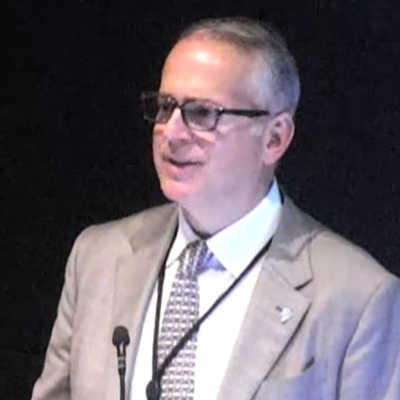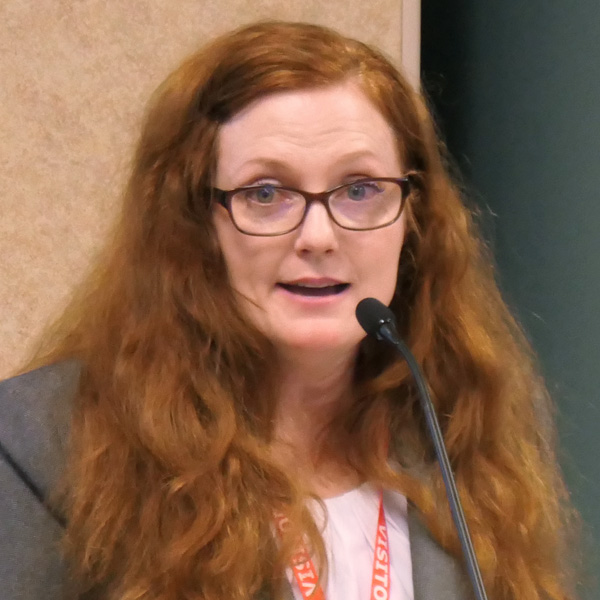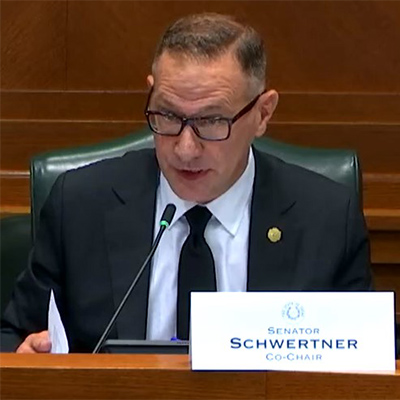Although Texas recorded its sixth-hottest summer on record, ERCOT failed to set a new mark for peak demand despite loads similar to last year’s record. The grid operator came close when it registered a preliminary peak of 85.56 GW on Aug. 20, but it was later reduced to 85.12 GW.
Dan Woodfin, vice president of system operations, told the ERCOT board that wholesale energy storage charging was included in the initial figure. ERCOT treats the charging as negative generation from a settlements perspective, he said.
The ISO’s all-time demand mark remains 85.51 GW, set during August 2023. The ERCOT grid recorded 22 days of demand exceeding 80 GW through August, compared to 43 days of 80 GW last year.
Natural gas prices and renewable energy helped keep prices low during the summer. Wind (27.85 GW), solar (20.83GW) and energy storage (3.93 GW) resources all set highs through August, according to Grid Status.
More renewables are on the way. Solar and storage (155 GW each) and wind (34 GW) account for the bulk of capacity in ERCOT’s interconnection queue. The queue contains 25 GW of gas-fired capacity.
2025 AS Methodology OK’d
The board approved several measures previously endorsed by its Reliability & Markets (R&M) Committee and the Technical Advisory Committee (TAC).
The minimum amount of ancillary service products to be procured in 2025, which will include three minor modifications to ERCOT contingency reserve service (ECRS). (See ERCOT Technical Advisory Committee Briefs: Sept. 19, 2024.)
A real-time market price correction resulting from an incorrect recall of ERCOT contingency reserve service. Affected counterparties will receive more than $3.5 million in settlements.
A real-time price correction after a resource was identified incorrectly as not being qualified for security-constrained economic dispatch. It will result in more than $323,000 in settlements to counterparties.
The Public Utility Commission must approve all three actions.
The directors agreed with R&M and remanded back to TAC a protocol change (NPRR1190) that would recover demonstrable financial loss arising from a manual high dispatch limit override to reduce real power output, should the output be used to meet qualified scheduling entity load obligations.
The board asked TAC to gather more information on the initial market policy framework and reassess the need for the compensation mechanism introduced by NPRR649 in 2017 and whether it’s still needed in today’s market.
TAC’s consumer segment opposes the change in its current form, saying it would reward overscheduling power that cannot be delivered. That will force consumers to subsidize insufficient hedging by other market participants in the face of changing grid conditions.
New CFO; Board Vacancies
The directors ratified Richard Scheel as an officer following his promotion as ERCOT’s new CFO and chief risk officer. Formerly the ISO’s controller, Scheel has more than 20 years of finance experience. He replaces Sean Taylor, who announced his retirement in August.
The board also designated Scheel to join Chad Seely and Leslie Wiley as managers and officers of the two debt-financing mechanisms paying back $2.9 billion in market costs from the disastrous 2021 winter storm.
The meeting may have been the last for independent director Bob Flexon, who says he will step down from the board when his term expires Dec. 1. That will leave the board with three vacancies. A selection committee has yet to name a replacement for former Chair Paul Foster, who left the board this year, and the Office of Public Utility Counsel (OPUC) does not have a CEO to fill its seat.
The grid operator’s board consists of eight independent directors, two members from the Public Utility Commission, and single seats for the OPUC and ISO CEOs. Members are required by law to not have fiduciary duty or assets in the ERCOT market and to be Texas residents.
ERCOT Now on Instagram
ERCOT continues to expand its social media presence by joining Instagram, adding to its existence on X (formerly Twitter), Facebook and LinkedIn.
“Please come and follow us,” CEO Pablo Vegas said. “That’s how you know you’re cool, if you’ve got a lot of followers.”
Board Approves 11 Revisions
The board unanimously approved a consent agenda with seven NPRRs, two changes to the Nodal Operating Guide (NOGRR), an Other Binding Document Request (OBDRR) and a single revision to the Retail Market Guide (RMGRR) that will:
-
- NPRR1188, OBDRR046: Modify the dispatch and pricing of controllable load resources (CLRs) in response to the PUC’s directive to increase the use of “load resources for grid reliability.” The NPRR revises the market-participation model of CLRs that are not aggregate load resources so they are dispatched at a nodal shift factor and settled for their energy consumption at a nodal price.
-
- NPRR1215: Clarify that the day-ahead market’s energy-only offer credit exposure calculation zeroes out negative values, with any zeroed-out values being included in the calculation of the depth percentile difference.
-
- NPRR1227, RMGRR181: Align defined protocol terms and add five definitions (“acquisition transfer,” “decision,” “effective date,” “gaining competitive retailer” and “losing competitive retailer”) that previously were in the Retail Market Guide (Acquisition and Transfer of Customers from one Retail Electric Provider to Another). The NPRR replaces the broadly titled terms “decision” and “effective date” with the specific terms “mass transition decision,” “acquisition transfer decision,” “mass transition effective date” and “acquisition transfer effective date” to provide clarity. The change also expands the “gaining competitive retailer” and “losing competitive retailer” definitions to apply beyond the mass transition and acquisition transfer processes.
-
- NPRR1236: Reflect Real-Time Co-optimization Plus Batteries (RTC+B) Task Force’s modifications to the reliability unit commitment capacity-short calculations and address limits in the current calculations by considering ancillary service sub-types. It changes the calculation process involving regulation down service and addresses changes required to align protocol language with recently approved NPRR1204 (Considerations of State of Charge with Real-Time Co-Optimization Implementation).
-
- NPRR1237: Document the scenarios in which market participants are required to successfully complete retail qualification testing, regardless of whether the market participant previously received a qualification letter from ERCOT from prior retail flight testing.
-
- NPRR1244: Align eligibility provisions for CLRs not providing primary frequency response (PFR) to provide ECRS. It also would include in physical responsive capability’s calculation only the capacity of CLRs when they are qualified to provide regulation service and/or regulation reserve service that requires the CLR to be capable of providing PFR.
-
- NOGRR263: Clarify that a CLR is required only to provide PFR when it is providing an AS that requires that resource to be able to provide PFR.


